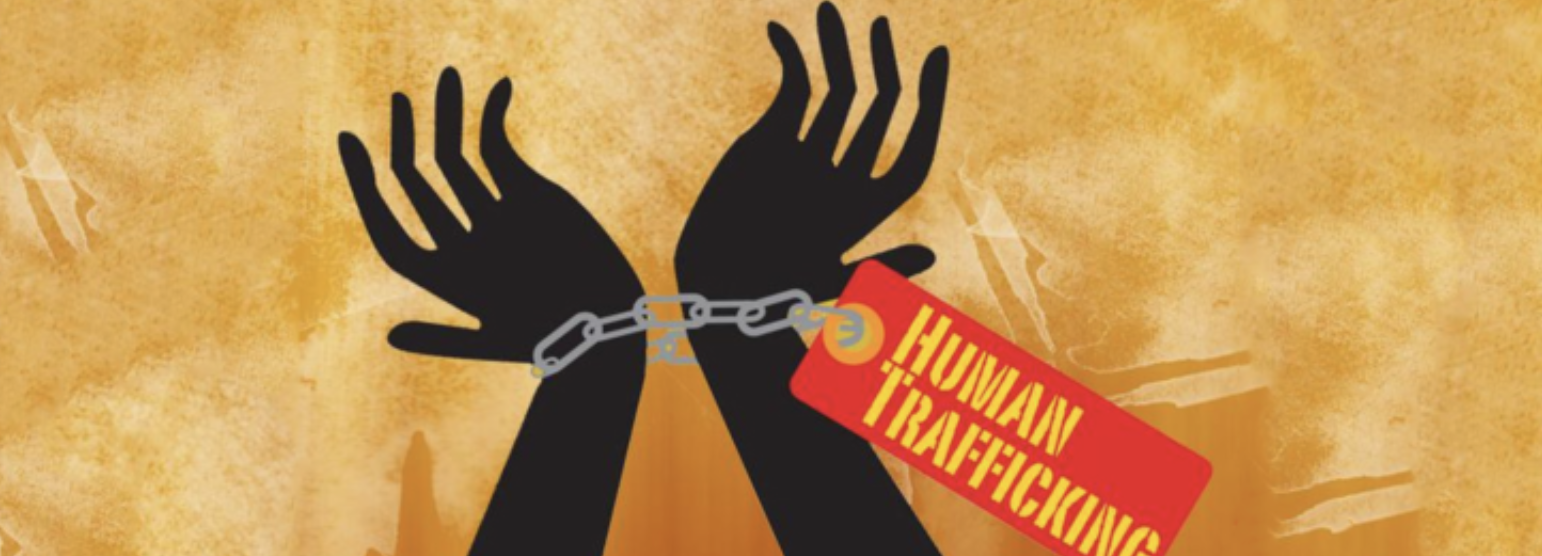Experts called for greater awareness and stronger policies to combat the roots of human trafficking among children and youth at a July 13 event at the UN sponsored by the Permanent Observer Mission of the Holy See in collaboration with the NGO Committee to Stop Trafficking in Persons, the Salesians Missions, the Greek Orthodox Archdiocese, and ECPAT-USA.
Entitled Eliminating the Trafficking of Children and Youth, it discussed the best methods to combat the growing scourge of children and youth who are trafficked for sex or work.
“This conference seeks to make real the faces of the nearly two million children and youth who are presently being trafficked and speak about what’s working, what’s not working, and what needs to be done to free them, help them recover, and prevent other young people from suffering as they have,” Archbishop Bernardito Auza, the Permanent Observer of the Holy See Mission to the UN, noted in his opening remarks.
The Catholic Church, he said, has long fought against human trafficking in its teaching and in its work on the ground.
“The Second Vatican Council, St. John Paul II, and Pope Benedict XVI all spoke out passionately and forcefully against the infamy of human trafficking and the widespread hedonistic and commercial culture that encourages this systematic exploitation of human dignity and rights,” Archbishop Auza said, but he stated that Pope Francis has taken the Church’s action and advocacy “to another level,” denouncing it repeatedly in his encyclicals and exhortations, in speeches and peace letters, in promoting numerous conferences in the Vatican and more.
“While human trafficking always exploits the vulnerable, the trafficking of children and youth exploits those most vulnerable of all,” Auza said.
Yu Ping Chan, Program Management Officer of the United Nations Office on Drugs and Crime, said human trafficking takes many forms including sexual exploitation, forced labor or services, slavery or practices similar to slavery, servitude or the removal of organs. She said the UNODC’s 2015 Global Report on Trafficking in Persons showed that one in three known victims of human trafficking are children, with women and girls accounting for 70 percent of all trafficking victims worldwide.
Chan describes the programs and departments the UN has established to combat trafficking but said there must be more effective and robust use of the tools.
Sheila McClain was subjected to sexual abuse and trafficking at the hands of her own mother as a child and now helps those who have endured similar experiences as the Director of Survivor Services for End Slavery Tennessee. She said factors such as poverty, the addiction she acquired as a result of being trafficked, as well as lack of life skills, made leaving her exploiters difficult.
“We all have the stories of being duct taped, tied up and put in trunks but that is not who I am,” she said. “I am more than my story.”
Mercy Sister Angela Reed from the Australian Catholic Religious Against Trafficking in Humans emphasized the importance of gathering each woman’s personal narrative to find the causes and solutions of the issue. She said demand is the main cause of trafficking, as well as the victims’ lack of basic needs including housing, food and education, which makes them particularly vulnerable to exploitation. She shared the stories of young girls who experienced severe social stigmatization in their communities after being trafficked, which fed into a deeper cycle of exploitation.
Kevin Cassidy of the International Labour Organization (ILO) focused on the phenomenon of trafficking children for labor, noting the roles policy makers and the private sector have in eliminating exploitation by using consumer power and making appropriate business choices, specifically in focusing on slavery-proof supply chains.
“People are pushed to the limit because we have not been smart enough to put into place the policies to assist them,” he said. “We support decent work. When you drive down the wages, you are putting people at risk.”
Jayne Bigelsen, Director of Anti-Human Trafficking Initiatives at the Covenant House homeless shelter in New York City, said that an overwhelming number of homeless youth are susceptible to trafficking since they are unlikely to have family looking for them.
She also noted the trend among homeless youth of selling their bodies in exchange for a place to stay and other basic needs, which traffickers and pimps exploit.
Carol Smolenski, who works to combat child trafficking tourism and other means of child abuse through ECPAT-USA, said the Internet creates a platform for traffickers to lure child victims as well as connect with consumers seeking child pornography and prostitution.
Eighty percent of children depicted in materials seized by police are pre-pubescent, she noted, with a growing number of infants represented.
“There is a huge growth in younger and younger kids being raped and having pictures and videos of it shared on the Internet,” Smolenski said. “The good news is there is mobilization by governments around the world to do something about it,” she added, noting global online databases and initiatives that aid in the identification and rescue of exploited children.
The event can be watched in its entirety on UN Web TV.
Archbishop Auza’s address is here: https://holyseemission.org/contents//statements/57882458c8f61.php

Francis Has Taken Church's Effort to Stop Human Trafficking to 'Another Level'
Event at UN this month aimed to combat roots of this crime


